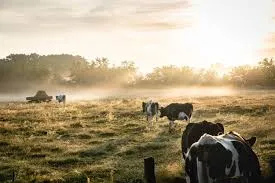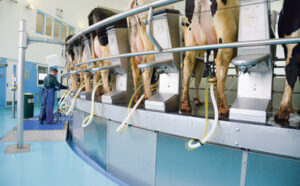
According to the number, India is at the top in milk production and contributing 24.64 per cent of global milk production in the year 2021-22

India is known as an agrarian-based country, where more than half of the population is engaged in primary activities. However, limited to agriculture was not enough for the population to sustain itself for longer, and then they started engaging themselves in other farming-related activities. Dairy farming emerged as the prime. As petting animals in rural households have always been there, later they began business with the animal products by selling them in the market, as most of these animals were mammals, selling milk was convenient and easy in the market.
Sooner, animal husbandry turned into dairy farming, as farmers also started selling milk-related products too. The dairy sector today provides 80 million farm households with the triple benefits of nutritive food, supplementary income and productive employment for family labour, mainly for women. Animal husbandry provides self-employment to millions of households in rural areas.
Amit Shah, Home Minister of India, while attending the 49th Dairy Industry Conference organised by the Indian Dairy Association, said that in a country like India with a 130 crore population, dairy farming is an alternative source of employment, women empowerment and strengthening the overall rural economy.
According to the number, India is at the top in milk production and contributing 24.64 per cent of global milk production in the year 2021-22. The high milk production led to India’s Export of Dairy products was 67,572.99 MT to the world worth USD 284.65 Mn during the year 2022-23.
Apart from strengthening the economy, dairy farming also helped women to earn money. Women are actively involved in looking after the calves, feeding them good food and extracting milk.
Unlike farming, it does not ask for much investment, hard work and usage of many resources like land and water and maintains the ecological balance at its best.




